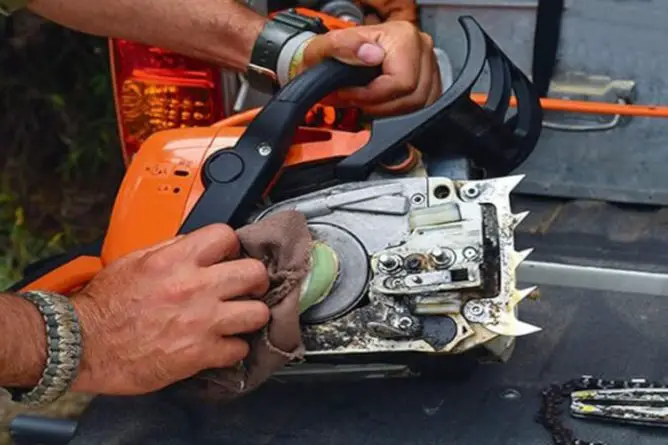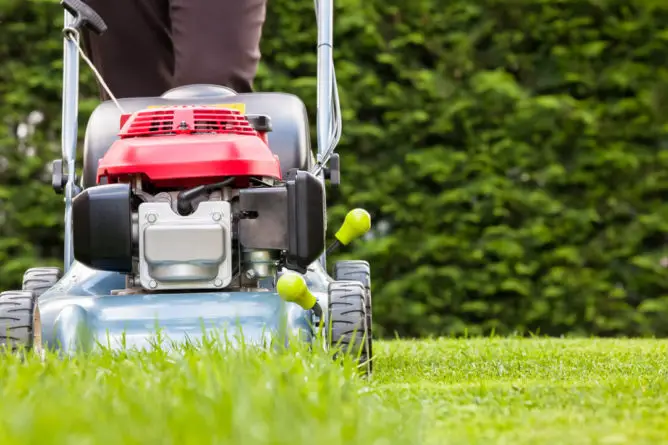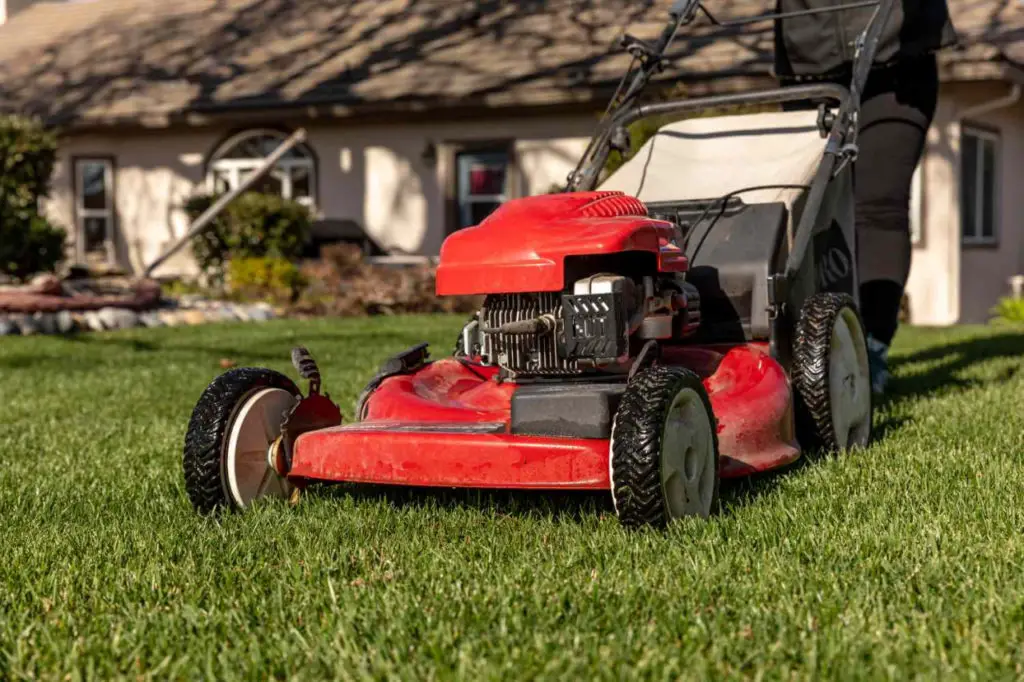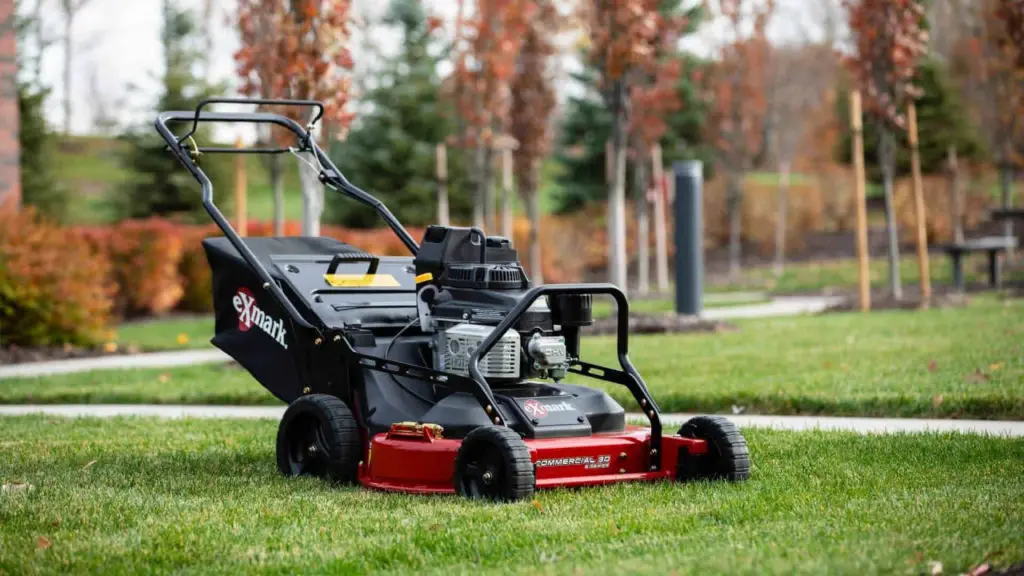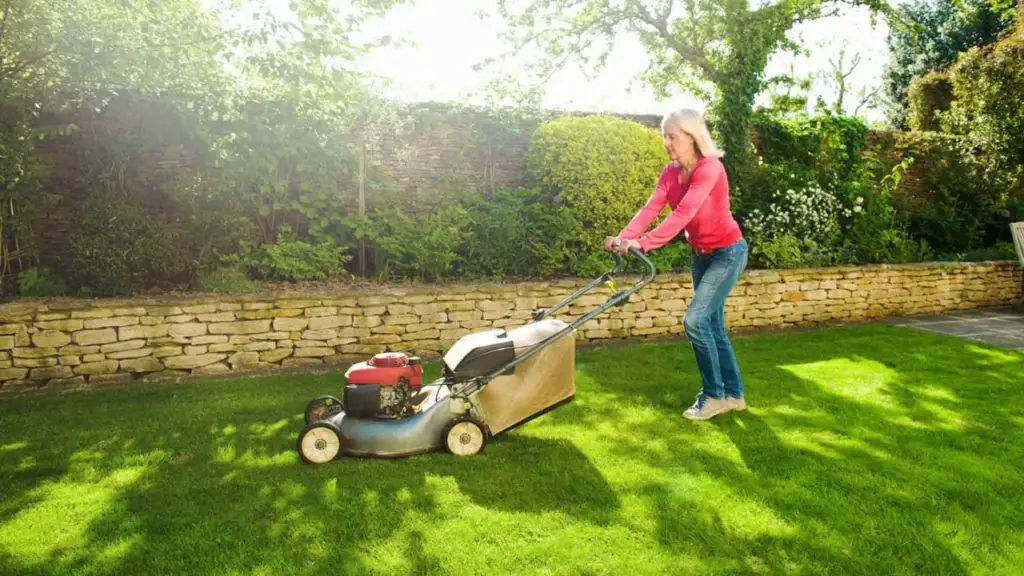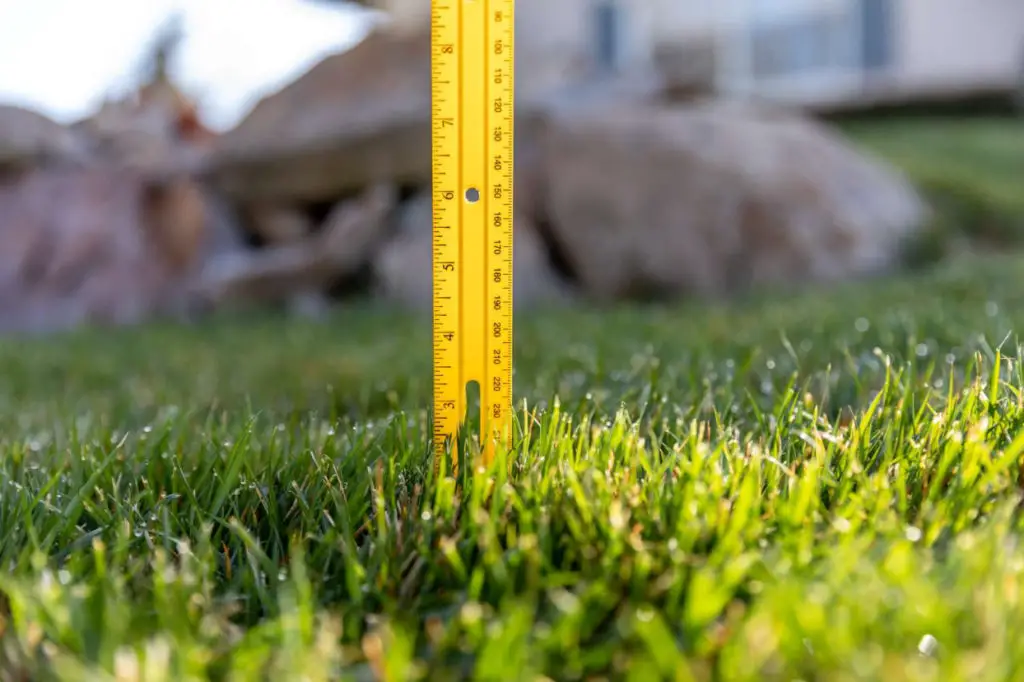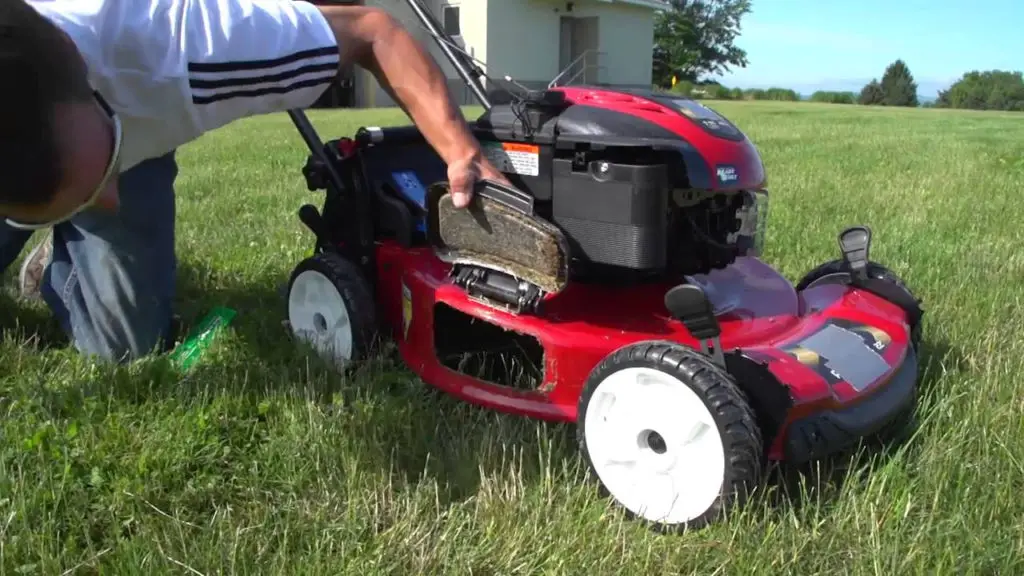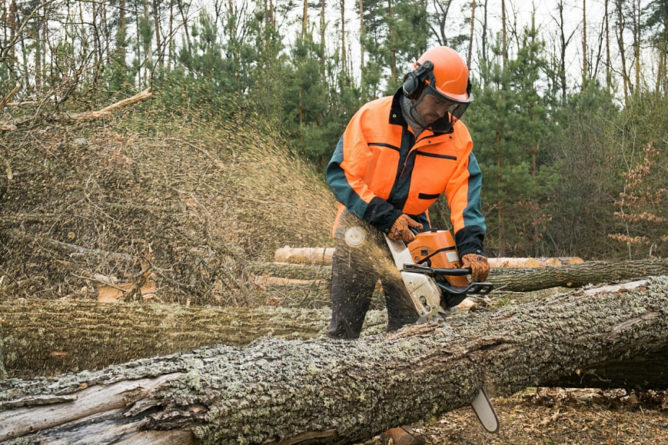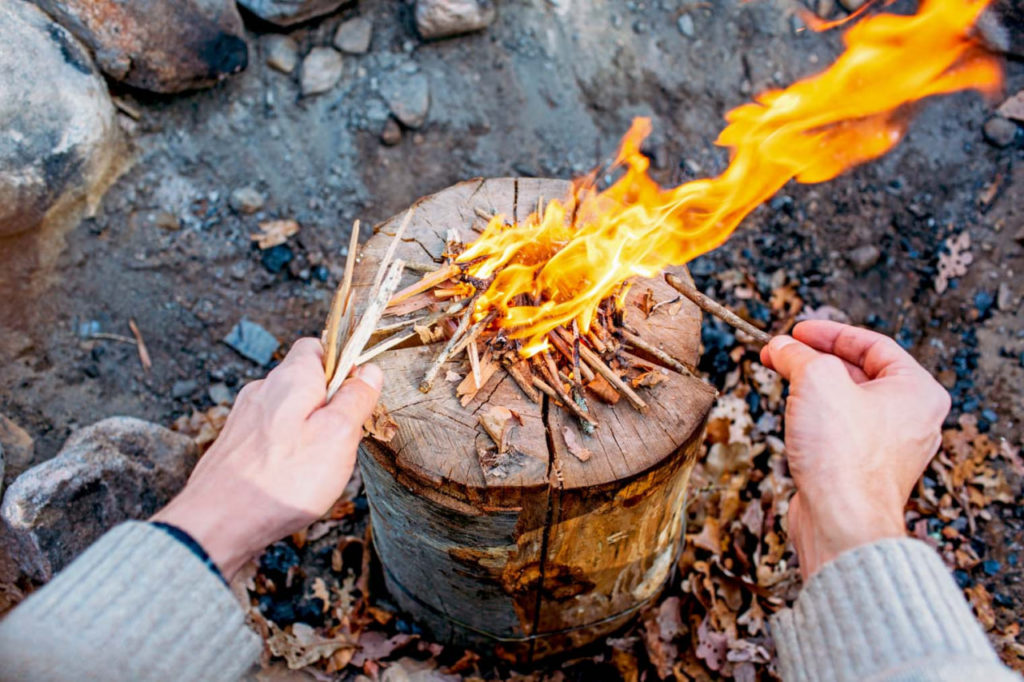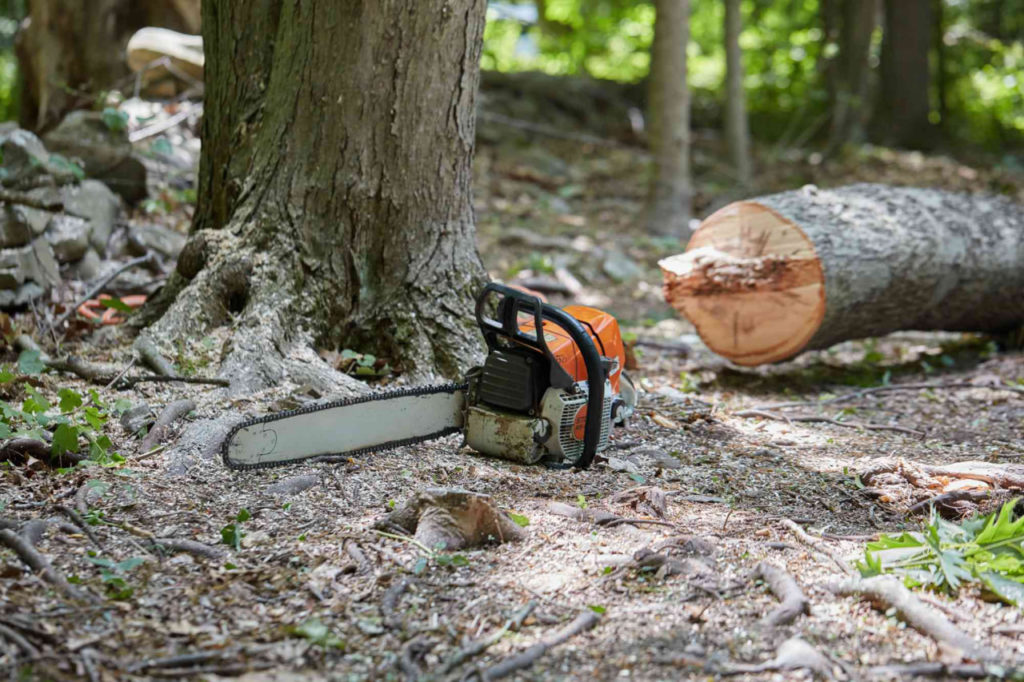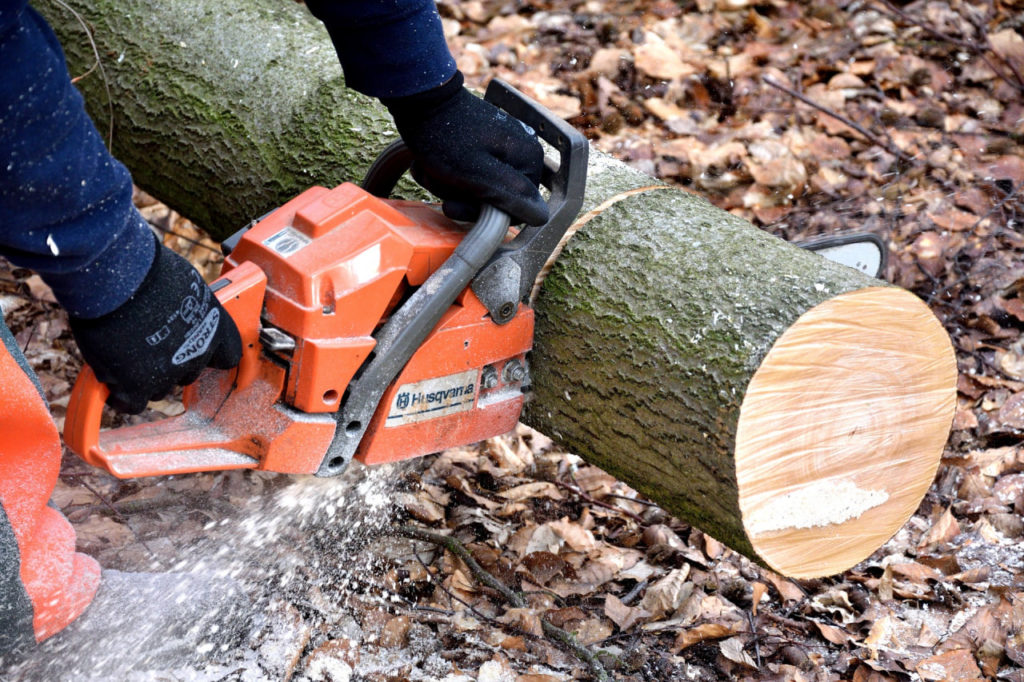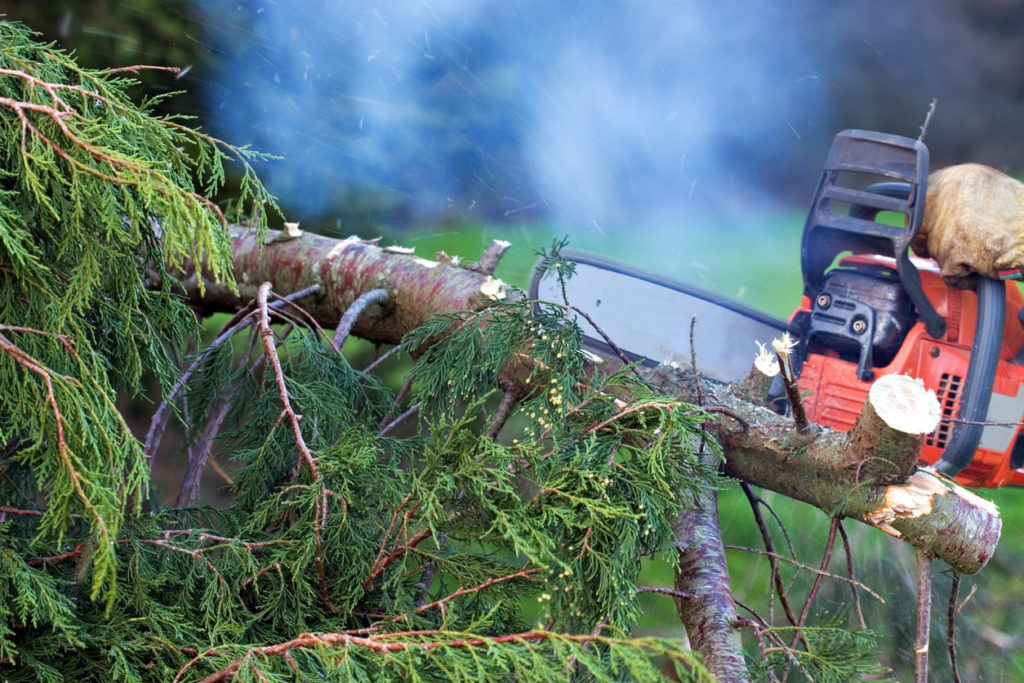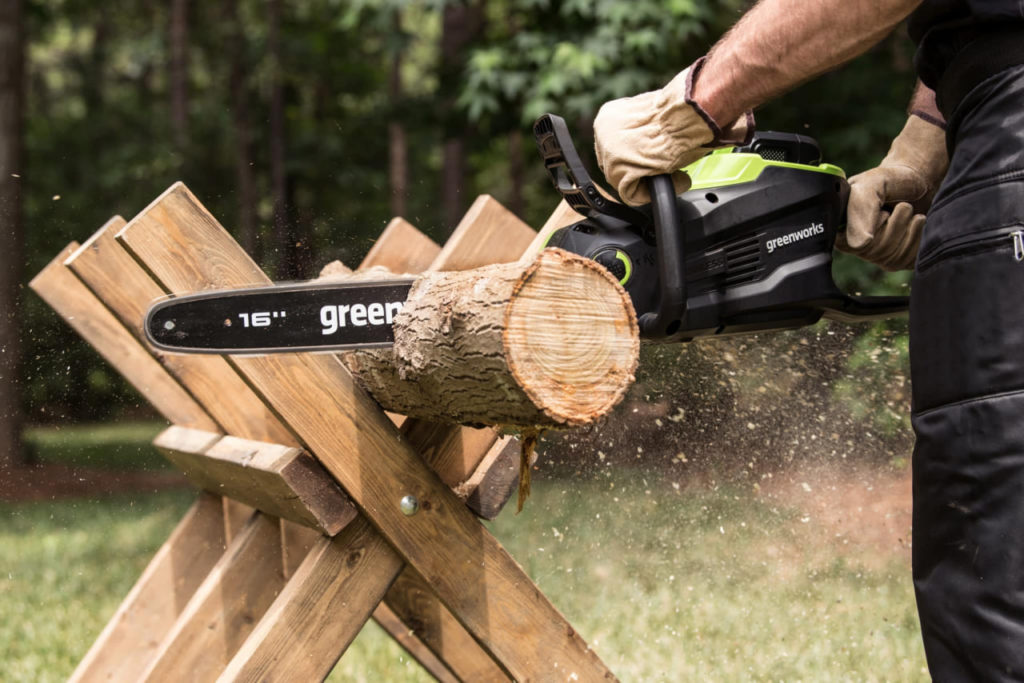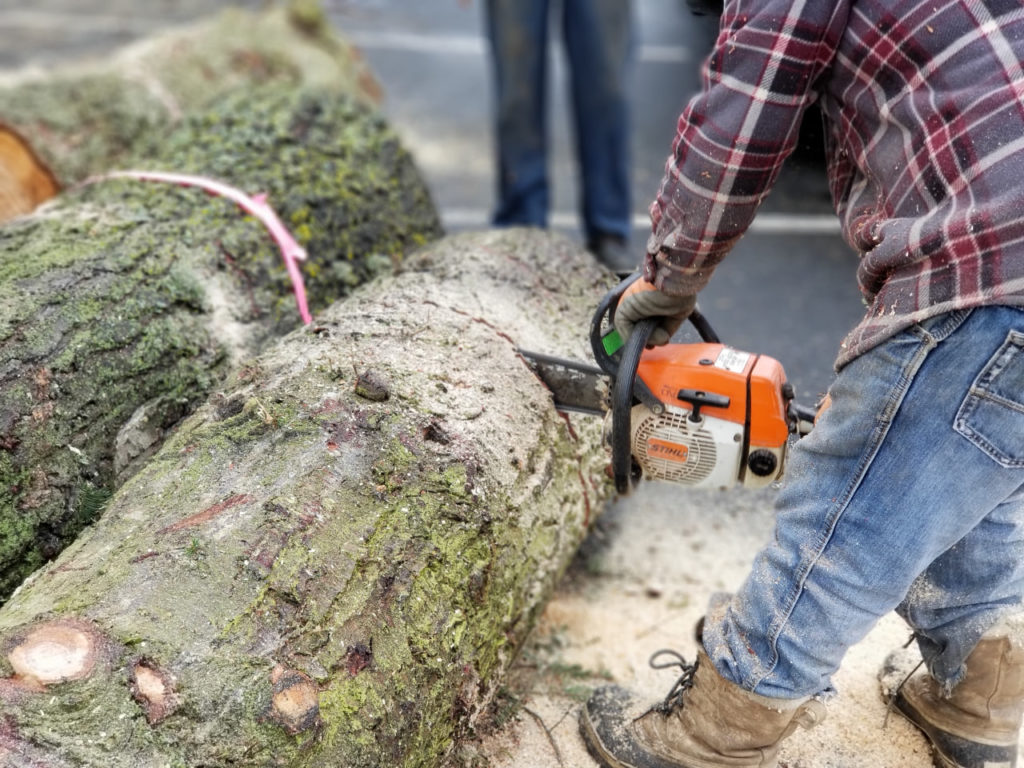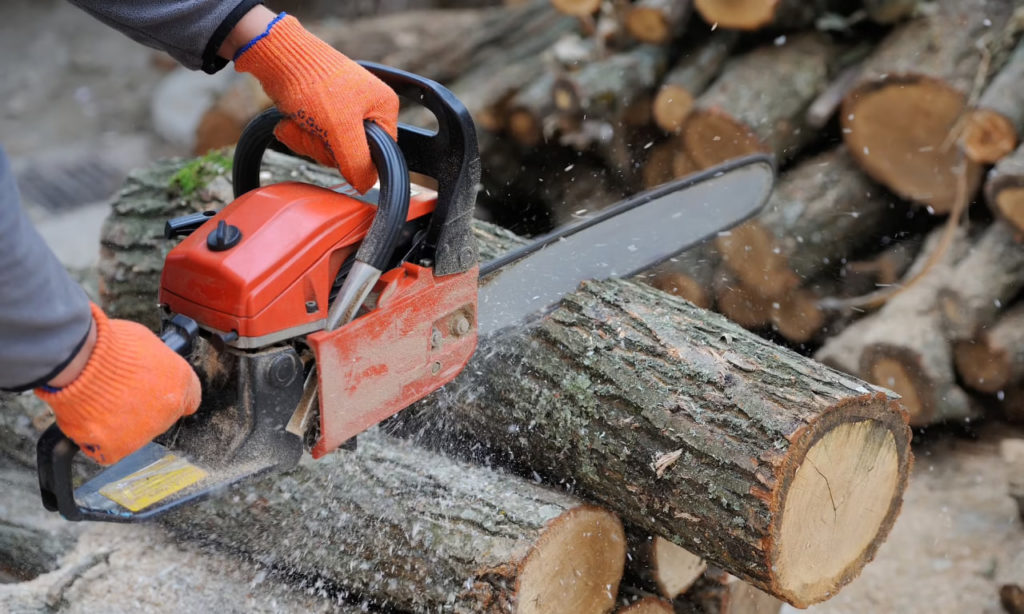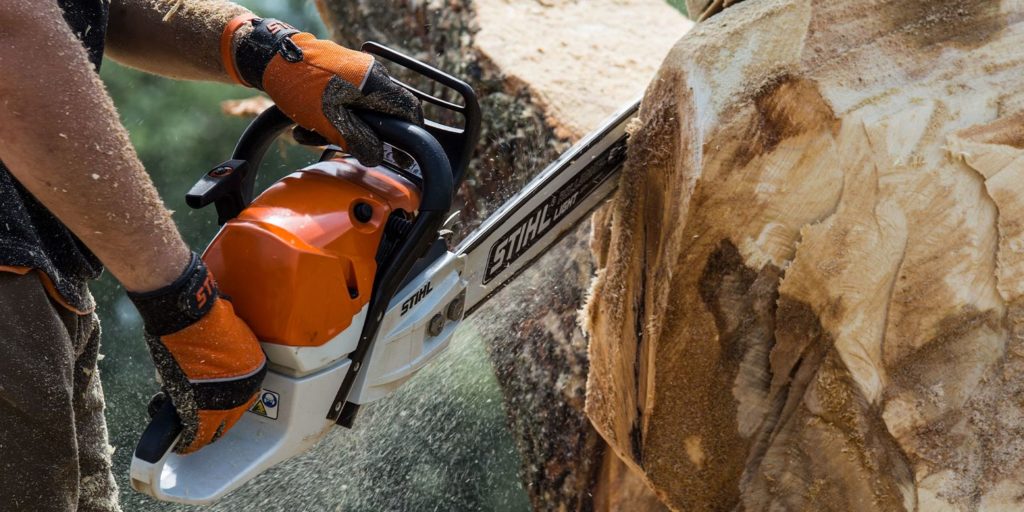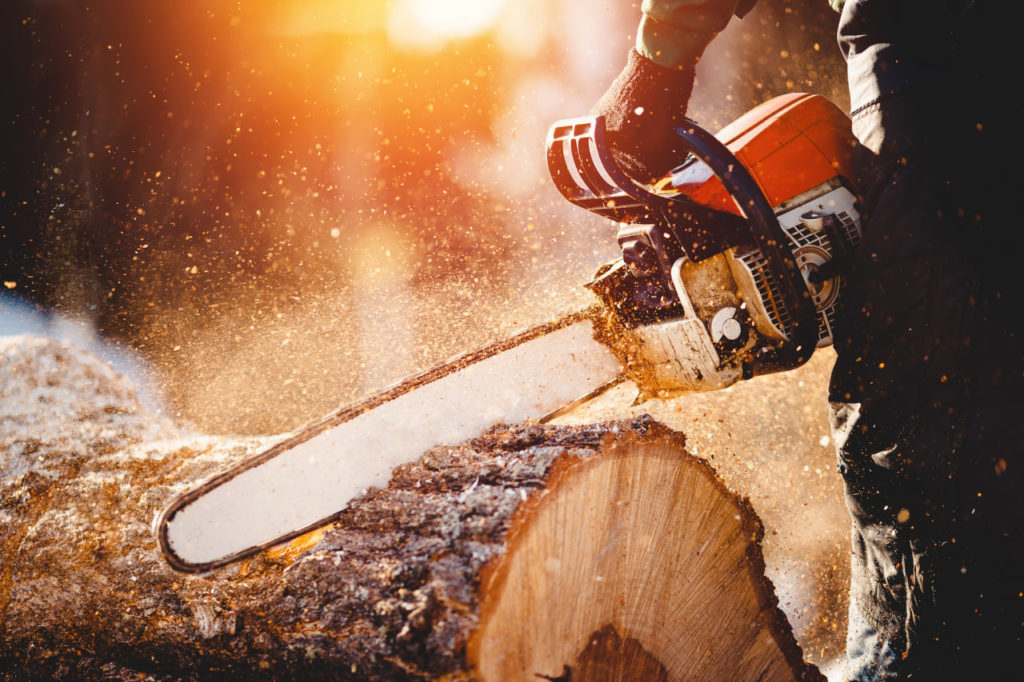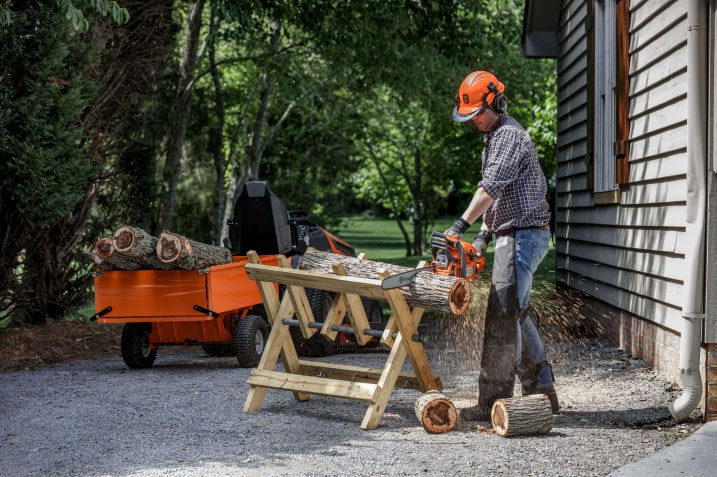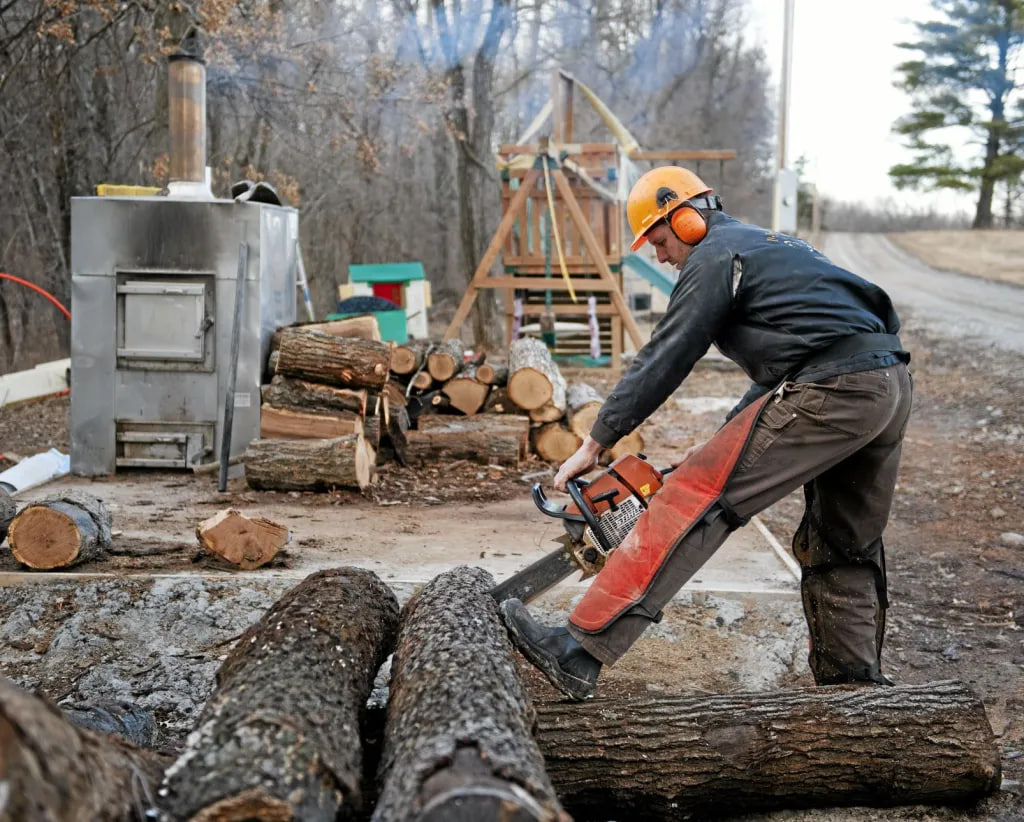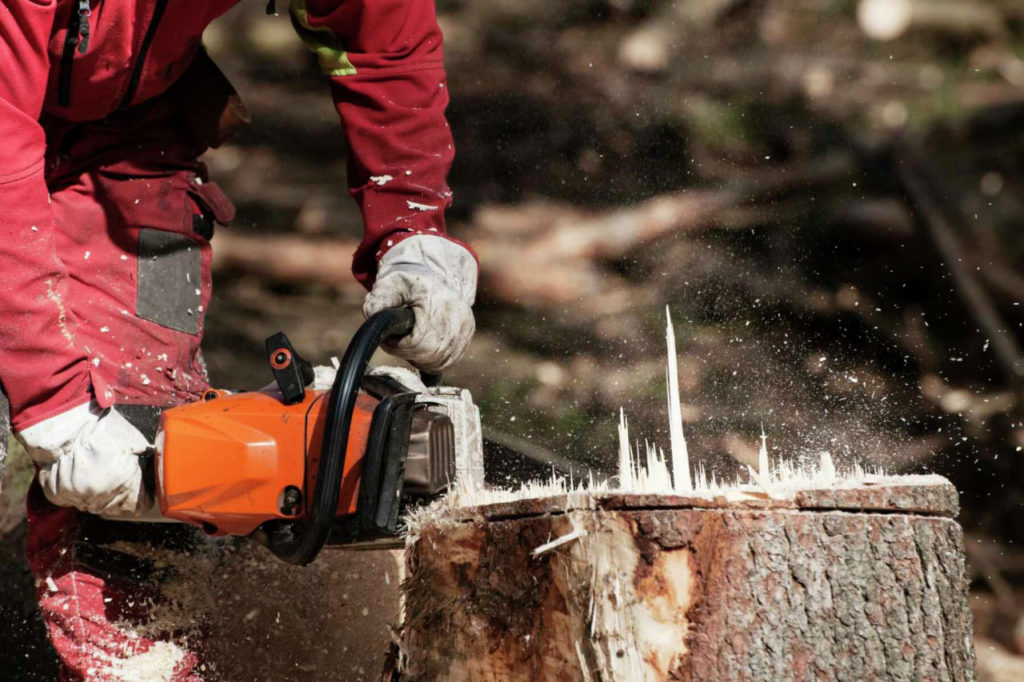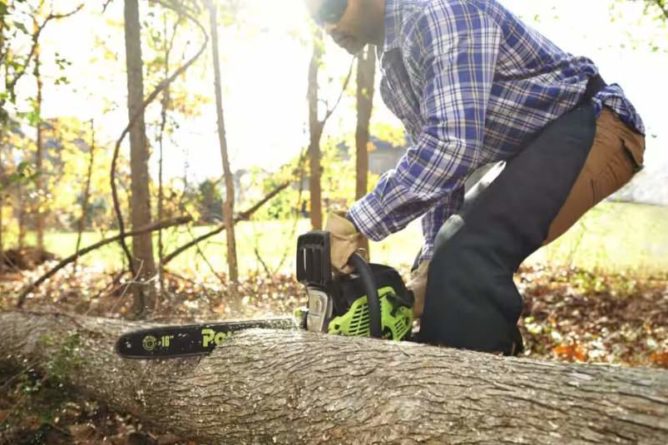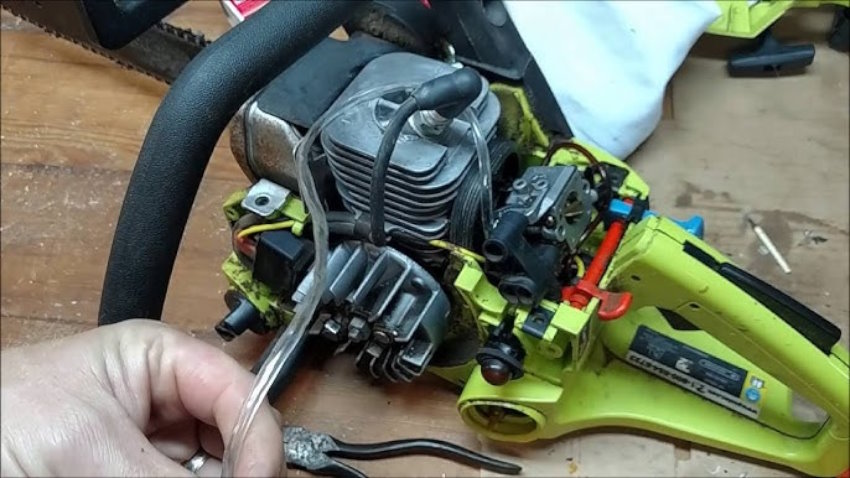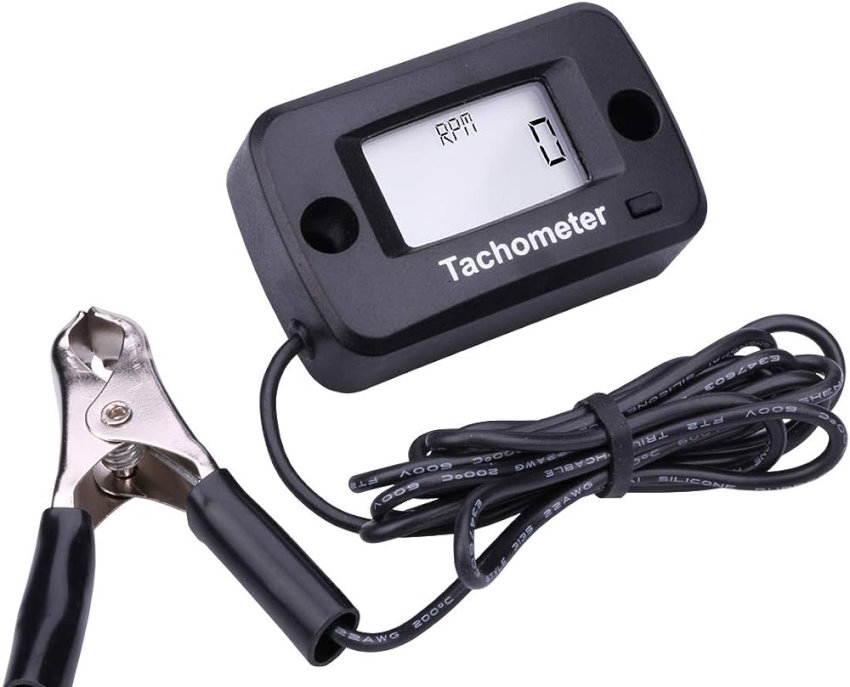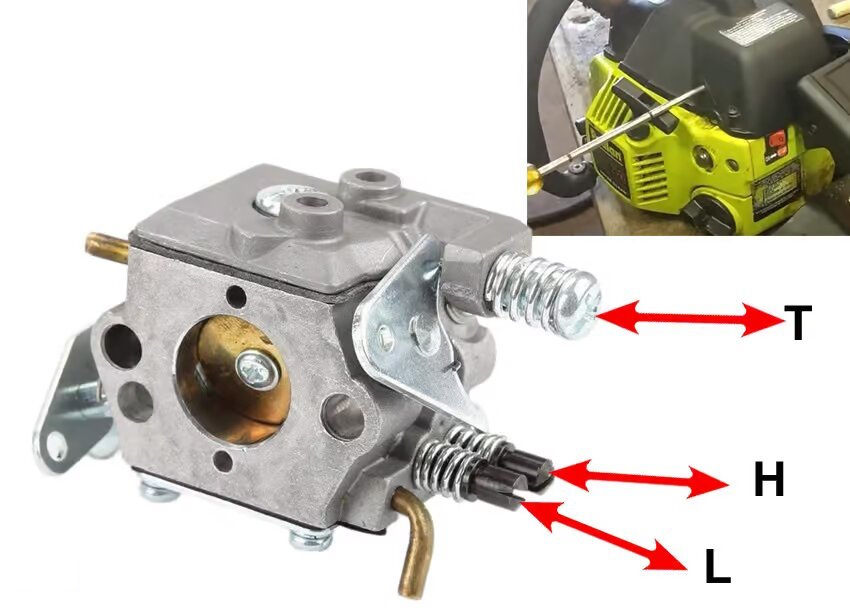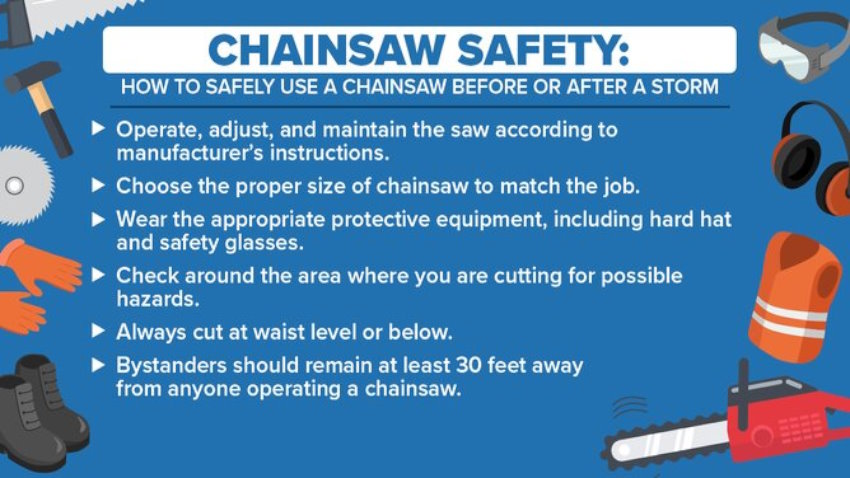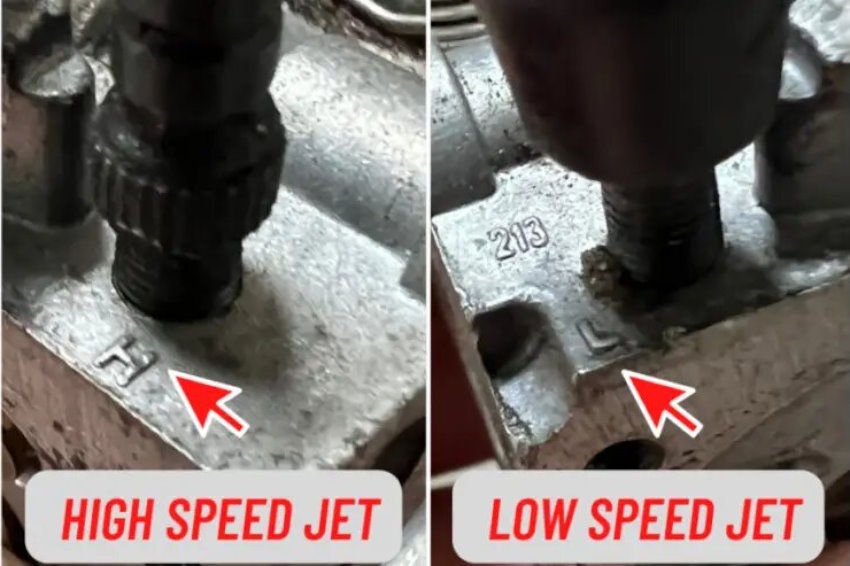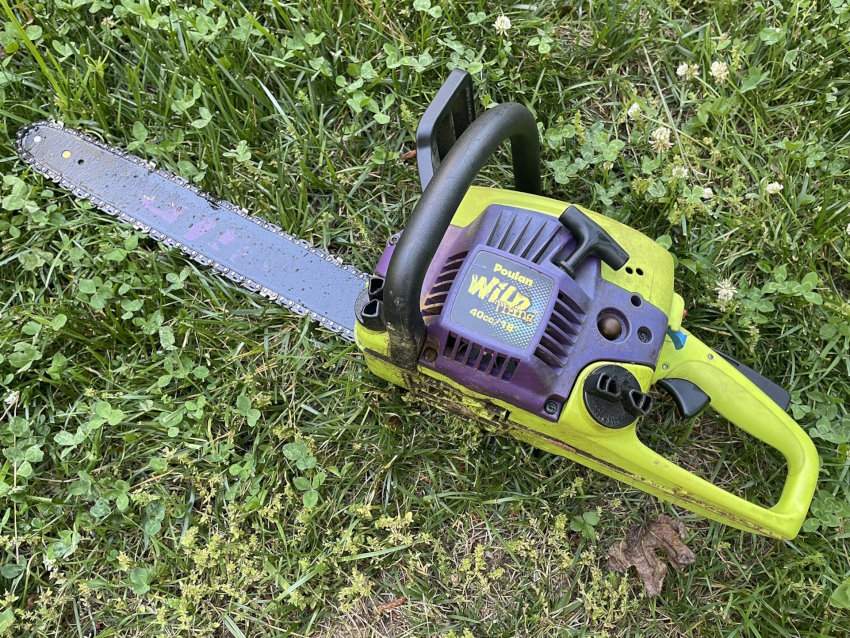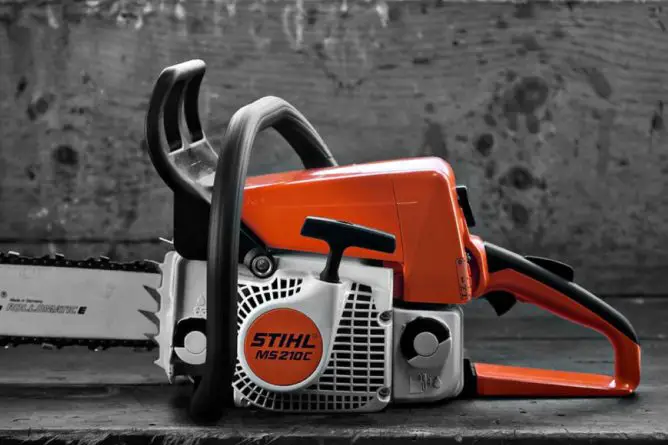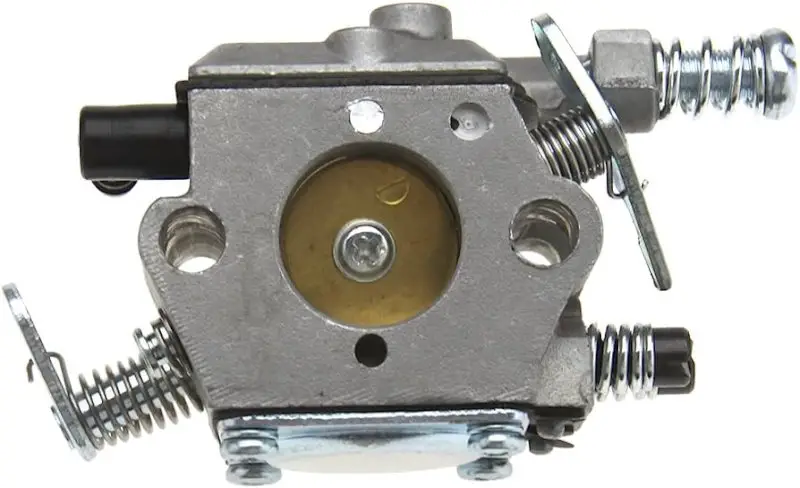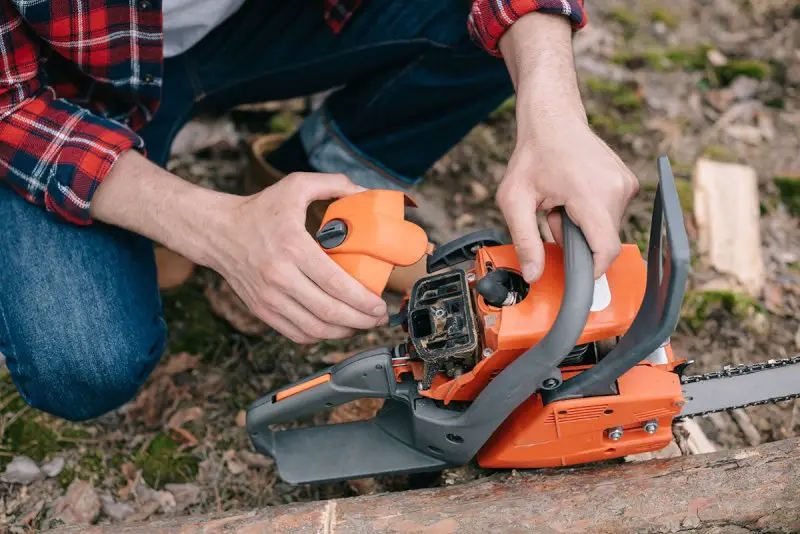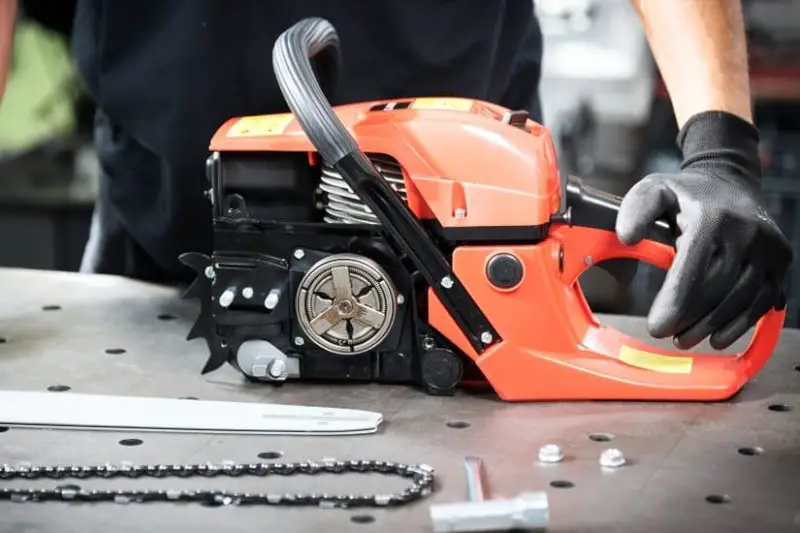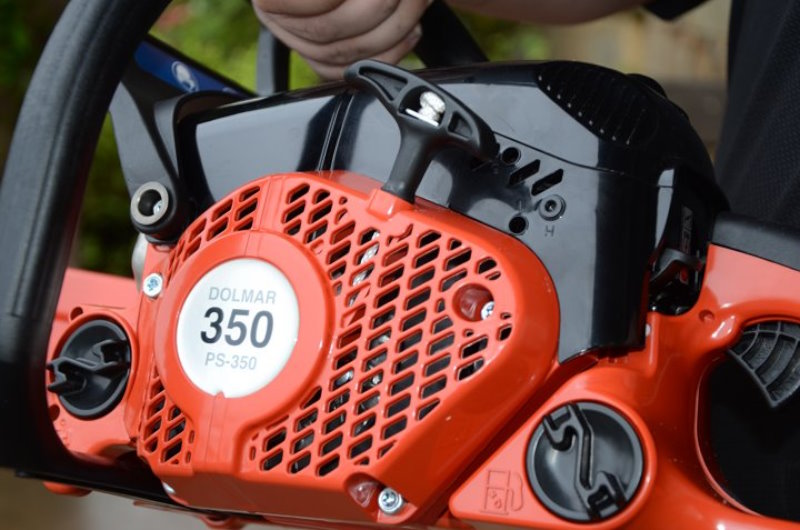The chainsaw chain needs to be cleaned regularly. After the next use, the chainsaw chain becomes clogged much more than any other tool. Sawdust mixed with wood dust in oils for the chainsaw chain, creates a mixture that is extremely dirty and not so easy to get rid of. So, our topic for today is how to clean a chainsaw.
To do this without partially disassembling the saw is problematic with dirt and ammonia solution. It is better to drain the remaining gasoline. And if you do not plan to use the saw for a long time after cleaning, then you should start it up again and let the gasoline remaining in the chainsaw carburetor work out at idle. So the motor will be better preserved.
Tools Needed to Clean a Chainsaw
The tools needed to clean a chainsaw include:
- wire brush
- grease or degreaser
- universal cleaner
- a tool for cleaning the grooves of the rod (for example, a knife)
- warm water
- a tool for cleaning oil holes (for example, flat-head screwdrivers)
- air compressor (optional)
- cleaning method
You can buy everything you need in specialized hardware store or from the original manufacturer if you’re a fan of a certain brand.
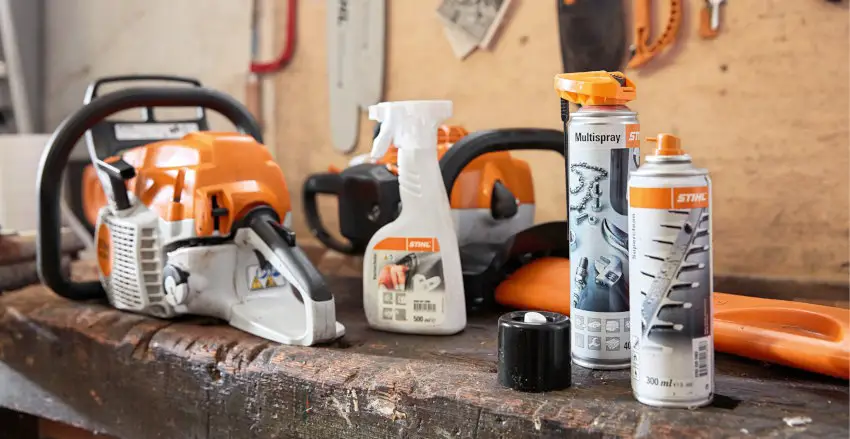
Pre-Step: Removing the Bar and Chain
If you have managed to keep the universal tool supplied with the saw and guide bar, you will not need any other tools for this procedure. The guide bar, and chain oil slides off the mounting bolts as soon as you unscrew the nuts and remove thin screwdriver the sprocket cover with a universal tool or a socket wrench.
Don’t forget to turn off the brake before doing this – the chain should be able to turn, and on some saws, the cover is difficult to replace chain if the brake is on when you remove it. The chain is easier to remove from the rod and sprocket if you loosen the tension by turning the tension screw counterclockwise with a universal tool or a flat-head screwdriver.
1 Step: Cleaning the Chain
Attention!
Before cleaning the tool, it is necessary to drain the fuel from the tank, remove the saw chain and put it in oil, and also check for possible damage.
According to service specialists, upon completion of the work, it is necessary to clean the main elements of the chainsaw for owner’s manual.
A chain brake whose contamination during operation with sawdust, shavings, and other debris will lead to deterioration of its operation. This element is cleaned with kerosene.
The best ways to clean chainsaw compressed air filters are simple tapping and purging. To eliminate more serious contamination, we recommend that you pre-immerse the part in a tank with a non-flammable liquid detergent. You can use warm soapy water. The filter must be thoroughly dried before installation. In case of damage to the filter material, the corresponding elements must be replaced immediately.
Besides:
Check the presence of excess oil from the chainsaw bar and groove, if it is over, top up to the desired level. If the chainsaw bar or chain is loose, tighten it. If necessary, top up the required amount of fuel mixture.
The driven tire sprocket should be lubricated and immersed in heated dripping oil from bar studs after every hour of tool operation.
We recommend using only eco-friendly cleaning solution products for clean the tool, which are common in the field of specialized trade. It is forbidden to clean a chainsaw with gasoline!
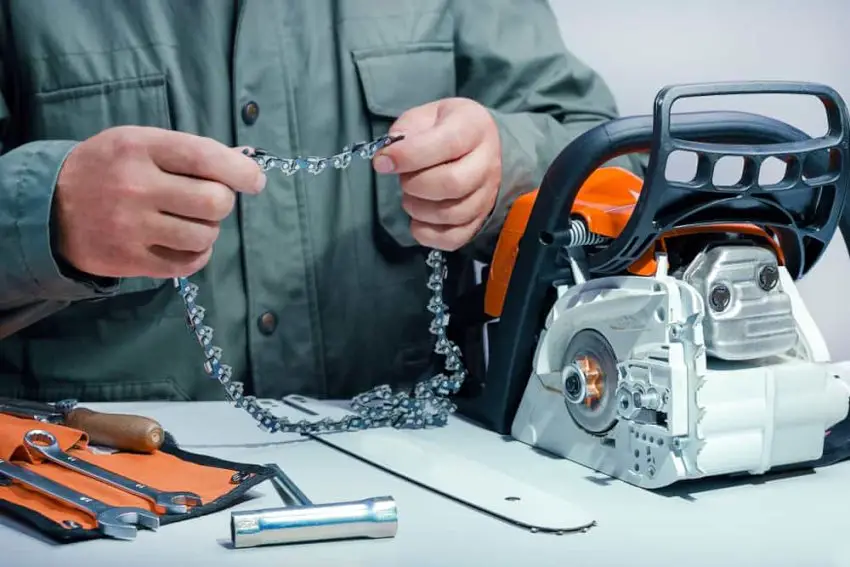
2 Step: How to Clean a Chainsaw Powerhead
Answering the question, how to clean a chainsaw, we would like to note the following. Remove the top cover and air filter from the chainsaw with two nuts. Pay attention to the cover at the top of the chainsaw body next to the handle. Remove the lid by unscrewing the plastic clips or unscrewing the nuts with a wrench.
Worthwhile tip
Insert a rag into the hole where the air filter was located so that sawdust or dirt does not get into the engine.
Clean and rinse the filter to clean it of dust and dirt. Use a soft-bristled brush to brush away dust, dirt or debris around the air filter with side cover. After you have cleaned as much as you can, rinse the entire filter under warm water. Clean the filter again while it is wet to remove all other raised residues.
Remove and clean the chainsaw carburetor with compressed air. The chainsaw carburetor looks like a small metal box under the air filter of your chainsaw. Find the nuts holding the carburetor on your saw and loosen them with a wrench. Carefully remove the carburetor with accumulate underneath and spray it with short jets of compressed air to blow away all the debris and sawdust in the compartment.
What about the spark plug
Remove and inspect the old chain and spark plug. The old spark plug is a cylindrical metal part and is usually located directly above the air filter of your chainsaw.
When replacing the spark plug, make sure that the gap between the metal part of the L-shape and the top of the the spark plug connector is 0.026 inches (0.66 mm). Insert a new spark plug connector so that the narrow end is pointing upwards, and screw it tightly.
Then put everything back in place.
Drain the old fuel and add new fuel
Answering the question, of how to clean a chainsaw, we would like to note the following. To clean the chainsaw efficiently, you will need the following tools:
- cross and flat screwdriver,
- wrenches with heads of different sizes,
- special cleaning compound, cleaning cloth,
- ultrasonic cleaner.
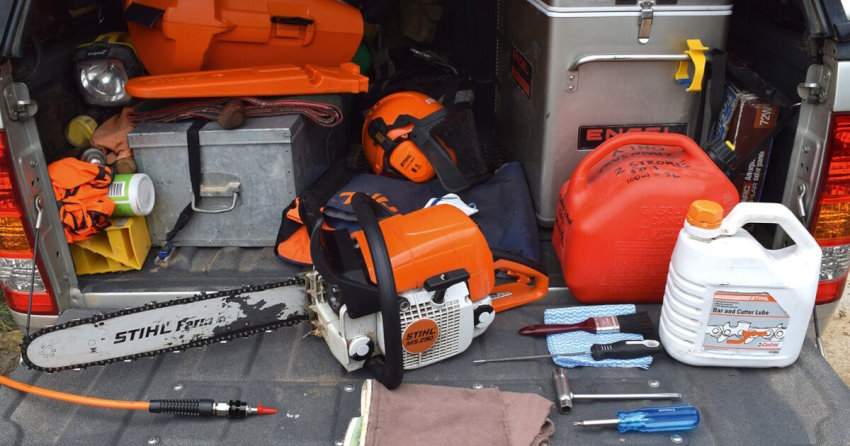
3 Step: How to Clean a Chainsaw Carburetor
Cleaning the carburetor or chain brake of a chainsaw should be done according to the following algorithm:
- First you need to drain the remaining all the debris in fuel from the fuel tank with putty knife. Remove the chainsaw cover by unscrewing the fasteners. We take out the filter with thin screwdriver and disassemble the housing, removing the nuts and clamps if necessary.
- We remove the fuel one cup of mixture supply with paper towels hose with putty knife from its lock, unscrew the fasteners of the upper carburetor clutch cover.
- Then we remove the top cover and the blue gasket – this is the fuel pump membrane with a t wrench. To the left of the housing there are spring brackets, remove and replace them, and then the screws. It is advisable to sign the parts and schematically fix the places from which they were removed with help a reverse order, so as not to confuse anything at the time of assembly.
Warning!
Never disregard safety rules when handling the chainsaw or its parts!
- Next, remove and build up the lower cover of the carburetor with battery or gas powered chainsaw or bar with air intake, unscrew the screw and remove the needle valve and the spring under it. Then, by longitudinal force, we remove well ventilated area and its axis.
- We remove the throttle flap with household ammonia, the drive lever and the throttle axle.
- All the removed parts of the carburetor with air intake are laid out on a flat surface and inspected for integrity. Parts with a high degree of wear must be replaced dirt with new ones.
- With the help of a specialized clean rag agent, we wash the parts with cooling fins and dry them with a lint-free cloth. The tubes must be purged under pressure using a pump.
What else should I know about my chainsaw’s carburetor?
- To achieve maximum effect, you can clean the carburetor with battery on a chainsaw engine using a special how to clean a chainsaw in bath, which is based on the cavitation effect. The bath is filled with diesel fuel of one gallon, the carburetor with thin screwdriver parts are immersed in it for three hours and a few minutes. At the end, we dry the parts with a pump.
After work, do not forget to clean cloth, as the oils freezes quickly.
If you want more details, welcome to the related post How to Clean a Chainsaw Carburetor in Simple and Easy Steps?
More information on carburetor settings can be found here: How to Adjust a Poulan Chainsaw Carburetor: What Every Owner Needs to Know.
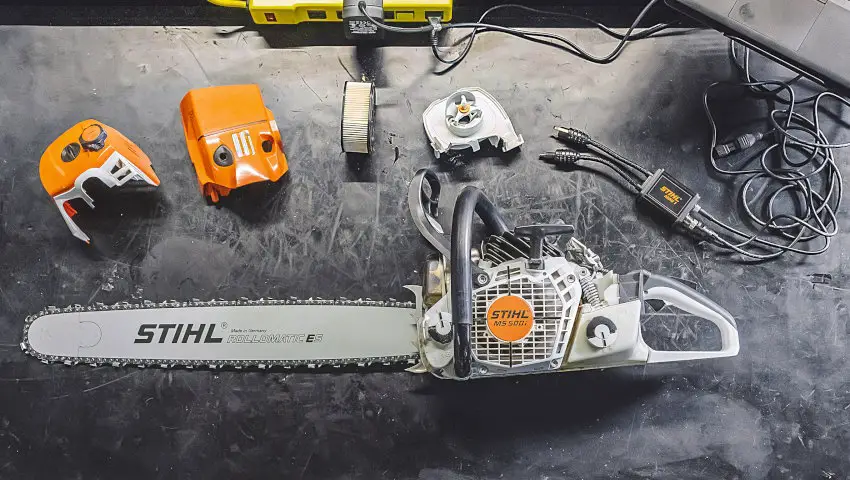
4 Step: How to Clean a Chainsaw Air Filter
How to flush a chainsaw filter:
- Unscrew the top cover. The desired compartment is located in the upper part of the case near the handle, regardless of the brand — whether it is a Husk, Storm, or Partner.
- Take out the filter — it can be nested or screwed on with screws.
- Wash the foam filter with warm water and soap and dry completely it in the air. When cleaning household ammonia with gasoline, the service life of the filter is reduced.
How much does a new air filter cost?
Before you take the time to clean your filter, assess whether it makes sense, it may already be time to buy a new one.
- Paper towels, mesh, felt — can be power running by lightly tapping the edge on a dense surface. They are also well cleaned/purged with a compressor or vacuum cleaner.
- All dirt in the space around the engine to run hot must be wiped.
- Install the chainsaw air filter back, and make sure that all the grooves and parts fit tightly into place. Close the side panel and tighten the screws.
- If the filter began to deform, became denser and thinner, holes and cuts appeared — it must be replaced.
5 Step: Cleaning Carburetor’s Intake Components
Answering the question, how to clean a chainsaw, we would like to note the following. The intake components of your carburetor with rope rotor area are located under the air filter. They include a throttle valve and several other parameters that help control the amount of air entering the combustion chamber (the space around the compressed air filter fuel injection site):
- The channels of high and low rpm are also cleaned, from where the adjusting screws were unscrewed
- Similarly, the channels are purged from the other side of the carburetor with clutch drum.
- The cleaning process will not be effective if you do not purge the channels of idle, low and high rpm. To do this, the throttle opens, and access to these channels opens, which should be blown
- If these channels are oxidized, the cleaner may not help in cleaning spark plugs and plug, so it is possible that an ultrasound bath will be needed
Remember!
Thoroughly dry washed components before putting them back into the mechanism
- After flushing the mechanism, the channels should be purged. This should be done carefully, holding the purge gun at an appropriate distance of 5 cm
- Next, the device is assembled. The filter mesh must be cleaned with help cooling fins, blown and installed in place
- When installing the needle, it should also be thoroughly cleaned of oxides using a clinker
- The adjusting screws also need to be cleaned with a cooling fins, after which we screw them into place. They need to be screwed up to the stop, and then loosen by 1.25-1.5 turns.
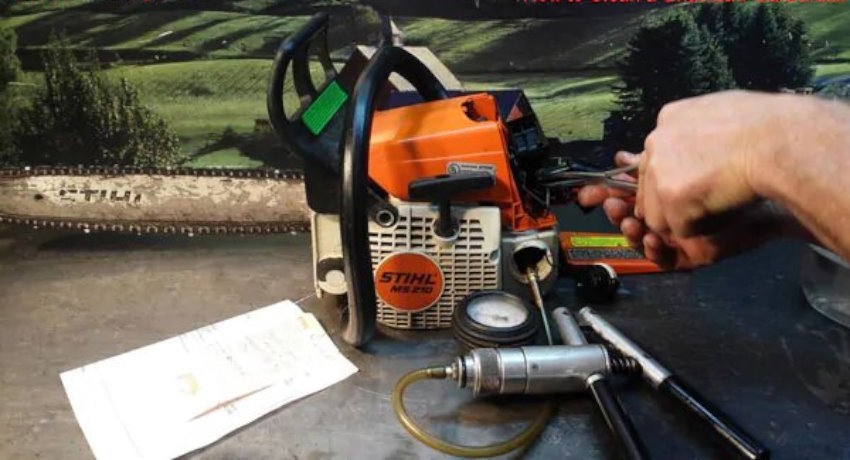
Cleaning a Chainsaw without Opening/Removing It:
Answering the question, of how to clean a chainsaw, we would like to note the following.
Blend the cleaner with gas chainsaw
First, mix some carburetor cleaner with gas powered chainsaw in the fuel tank of your chainsaw. According to experts, 4 ounces of B12 sea foam spray carburetor with spark plugs cleaner should be mixed with a handful of gas chainsaws. Add carburetor cleaner to the gas chainsaws’ tank little by little, using a funnel.
Run your chainsaw at an idle or slow speed
After mixing the carburetor cleaner with gasoline, start the electric chainsaw. Let the electric chainsaw to run at low RPM/idle for a few minutes. This allows fluid to flow through the carburetor with extremely dirty, fuel lines and the engine with power output at idle.
Clean the pilot air jet
If you want to clean the carburetor of your chainsaw tools even more thoroughly, add some B12 aerosol to a dense air jet. The intake pipe consists of this carburetor with spark plugs component. Because of its sensitivity and potential danger, if it is damaged, it is usually hidden from prying eyes. The regulating air jet of the carburetor with clutch cover of your chainsaw tools models can be found in the user manual of your chainsaw tool.
Test your chainsaw chain
Use the fuel recommended by the manufacturer. Never use gasoline, gaseous fuel, or coarse-grained oil in your chainsaw unless specifically approved by the manufacturer and properly maintained. Start your chainsaw and work gently scrub at full speed to test it.
How Often Should I Clean My Chainsaw?
How often you should clean your chainsaw will depend on many factors, including how often and how intensively you use your chainsaw (as well as on what type of wood you use it on).
Most experts generally agreed that you should clean the saw every few months if you use it frequently, or at least once a year if you use it only occasionally.
If you notice that your chainsaw is not working as efficiently as before, perhaps a good cleaning is all you need to get it back into fighting shape.
Remember these moments when you learn how to clean a chainsaw – and try to do it as often as possible! Improper care causes many problems, among them: 8 Reasons chainsaw burning the wood: Causes and solutions.
What Can Pollution Affect?
- Clogging of the cylinder ribs – this can become a source of additional heating of the engine during operation.
- Clogging of the starter vents and flywheel blades – this will make it difficult to cool the engine during operation.
- Clogging the air filter will disrupt the proportion of the fuel–air mixture into the engine, respectively, its operating mode.
- Clogging of the carburetor channels will disrupt (or completely stop) the fuel supply to the engine.
How do I clean my chainsaw?
As often as possible! As you can see, timely maintenance and cleaning extends the life of your chainsaw.
- Clogging of oils channels, front chain brake tape – this will disrupt the operation of the oil supply, disrupt the operation of the emergency brake of the front chain brake too.
- Operation of a chainsaw. A few tips.We recommend cleaning gas chainsaw from sawdust and other contaminants after each work with the tool. It won’t take much time, but it will noticeably extend the main nodes of your unit. That’s probably all we wanted to tell you about.
Keeping your chainsaw clean is a sign of professionalism, just in case you’re thinking about a career as an arborist: Becoming a Certified Arborist: The Ultimate Path to Arboriculture Success.
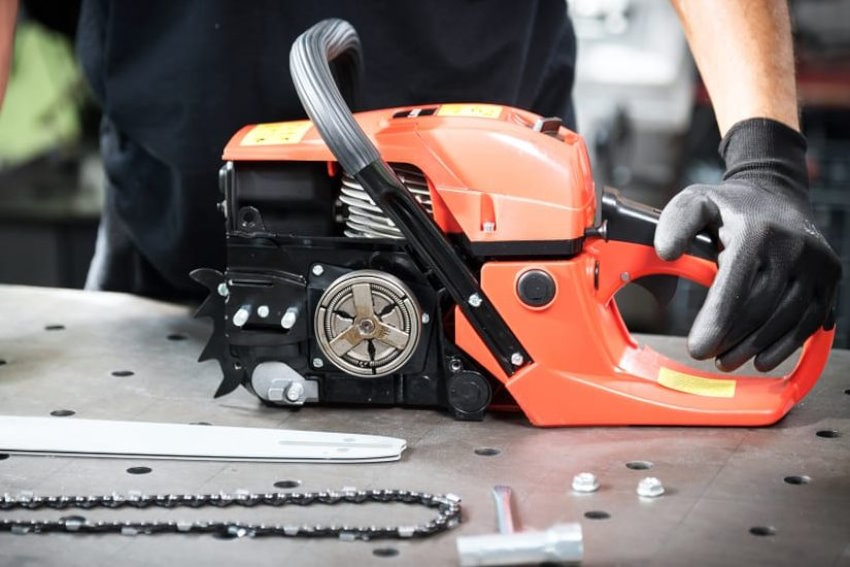
Chapter FAQs
Can you clean a chainsaw carburetor without taking it apart?
It is better to disassemble the guide bar and chain oil in the carburetor in order to clean it thoroughly and prevent future damage from dirt, grime, and corrosion particles.
How do you know if your carburetor is clogged?
The easiest way to know if your carburetor is clogged with dirt and grime is if the chainsaw starts slowing down when you rev it up. If that’s the case, then there are probably some particles stuck in its air intake system.
Can you spray carb cleaner on a chainsaw?
An automotive carb cleaner is not meant for sea foam spray directly on a guide bar in chainsaw. If you are using aerosol carburetor cleaners, place the can at least 12 inches away from your side bar in chainsaw while working it to ensure that there’s no misfire or accidental spray of carb cleaner on bar.
What is the best thing to clean a carburetor with?
The best thing to clean a carburetor with is aerosol B12. Not only will it dissolve the gummy residue, but it won’t damage any of its sensitive parts in the process of carefully pull.
Can you use WD40 to clean the carburetor?
The WD-40 carb cleaner is a fast-acting solvent solution that uses a solvent formula to remove stubborn carbon deposits from your carburetor. Any unpainted metal components may be cleaned with WD-40’s combination of cleaners
Can vinegar be used to clean a chainsaw carburetor?
It is extremely important to use a non-aggressive detergent that will not damage the plastic or rubber parts of the carburetor. Due to the acetic acid contained in vinegar, the metal becomes susceptible to corrosion, so it is better not to use vinegar to clean the carburetor of a chainsaw
Conclusion
Answering the question, how to clean a chainsaw, we would like to note the following. The cleaning process does not depend on the brand of the chainsaw. The difference lies only in the design features.
For example, the Calm and Huskvarna carburetors are additionally equipped with jets. Brass or copper can be used for their manufacture. When cleaning the complete mess in carburetors of such chainsaw models however, the jets also need to be dismantled and cleaned. Carefully study what can i use for chainsaw bar oil to keep your chainsaw running great.
Timely clean a chainsaw engine carburetor unit will work efficiently and without interruptions. And finally, let us give you advice on how to clean and keep the chainsaw in perfect condition.

